Chandler Wobble: Why Earth Wobbles Like a Toy Top
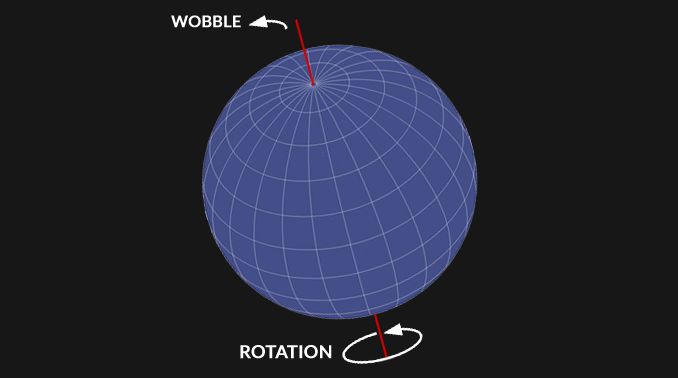
What is the Chandler Wobble?
Earth spins on its axis of rotation. But it doesn’t spin perfectly.
Like a toy top, it wobbles when it spins. That gentle sway in the spinning motion represents the subtle and periodic shifting of the Earth’s axis. This displacement is known as the Chandler Wobble.
Although the wobble is minuscule (just 20 feet in deviation at the North Pole), this natural phenomenon causes slight variations in our planet’s rotational axis over time.
You should also keep in mind that it’s also periodic. This means it takes 433 days to fully complete a deviated wobble.
Wobbling from ocean bottom pressure
Over time, we’d expect Earth’s wobbles to even out and disappear. But the activating force that drives Earth’s wobble persists.
The Chandler Wobble has been a mystery for quite some time. This is until R.S. Gross modeled atmospheric and oceanic excitation processes.
His research attributes ocean-bottom pressure as the major contributor to exciting the Chandler Wobble. Next, atmospheric winds and oceanic currents are only minor contributors.
While ocean temperature and salinity changes cause two-thirds, he concludes the remaining one-third is caused by atmospheric pressure.
Earth’s rotation and wobble
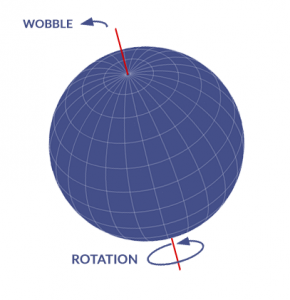
Over the years, scientists have put forward several theories for what activates the Chandler Wobble. For example, theories include variations in global water distribution, interactions between Earth’s inner layers, and atmospheric fluctuations.
But R.S. Gross characterizes Earth’s Wobble as two-thirds from ocean-bottom pressure and one-third from variations in atmospheric pressure. He was able to unravel this mystery by analyzing the atmospheric angular momentum data from the International Earth Rotation Service (IERS).
Now that you know why the Earth wobbles, let us know what you think! We’re happy to answer questions and listen to feedback.
References
R.S. Gross. “The excitation of the Chandler Wobble” Jet Propulsion Laboratory, California Institute of Technology, Pasadena. Geophysical Research Letters, Vol. 27, No. 15, Pages 2329-2332, August 1, 2000.

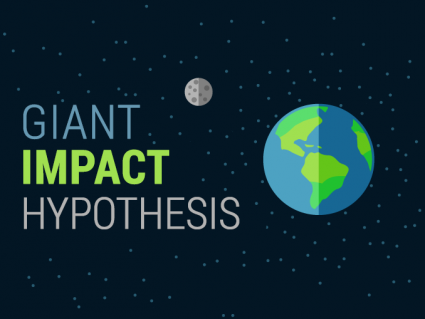
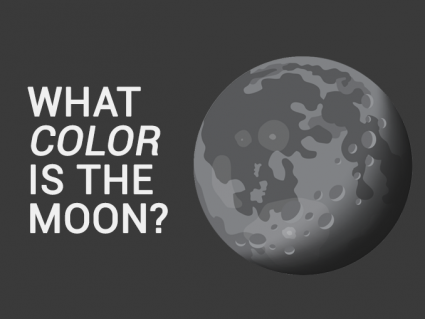
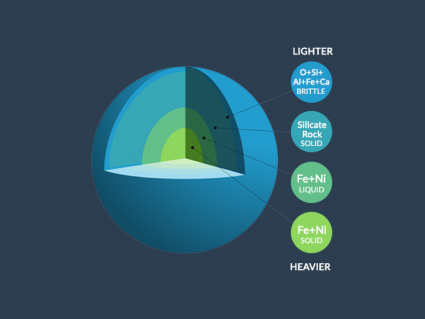
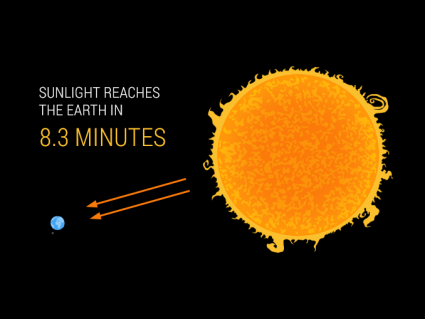
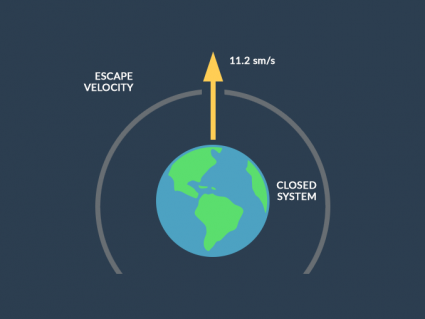
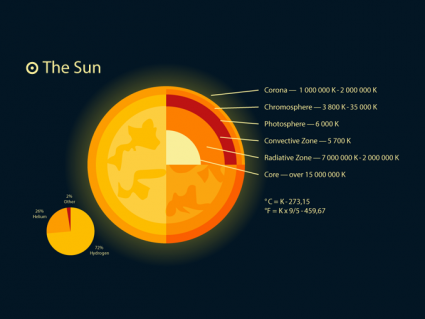
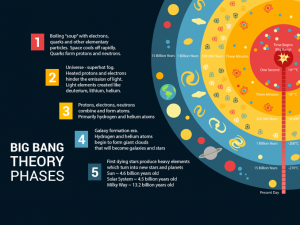
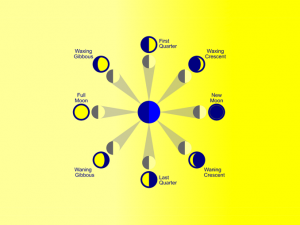
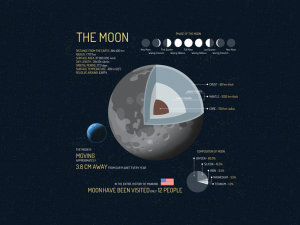

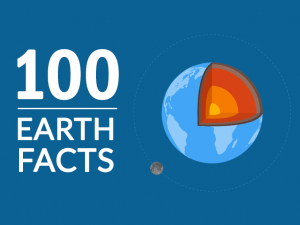
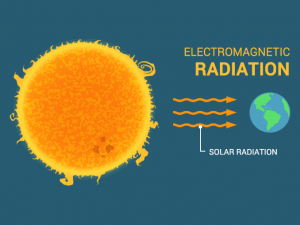
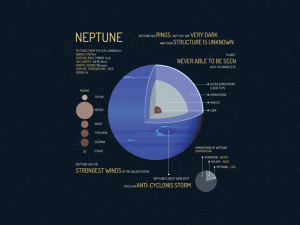

What beautiful mental pictures of the history and understanding of the universe. Thank you for the effort to share with me and the world.
Have you ever considered the wobble is caused by the uneven mass of the earth? The solids comprising the land mass above and below the surface of the water, are not evenly distributed. Would this not cause a change in the mass of inertia and moments of inertia? Think of a top. If it is symetrical in it’s construction, and mass, it will spin smoothly. If you remove a big chunk on one side only, it will wobble as it spins. Would this not also be reflected in the spinning earth?